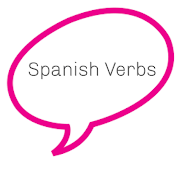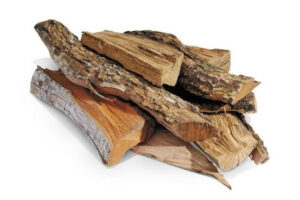Month: June 2021
-

How to say goat in Spanish?
Goat in Spanish = Cabra, Chivo How to translate goat in Spanish?. (Cabra, chiva, cabrón, chivo) The goat is a domestic ruminant mammal, about a meter in height, light, firm, with short, rough, and often reddish hair, hollow and arched horns, large, angled, knotty, and turned back, with long hairs hanging from the jaw bottom…
-

What in Spanish
How to say what in Spanish? Qué (What in Spanish) is a tonic word, by virtue of which it is written with a diacritical tilde. It can be used as an adjective, pronoun or adverb with interrogative or exclamative sense, depending on the case. ¿Qué? (What in Spanish?) Q: What is this? / ¿Qué es esto? A: This…
-

How to say yellow in Spanish?
Amarillo (Yellow) If you want to know how to say “yellow” in Spanish, the word you’re looking for is “amarillo” (pronounced as “ah-mah-ree-yoh”). Pronunciation Pronunciation: To correctly pronounce “amarillo,” start by placing the emphasis on the second syllable. Then, say the “a” sound like “ah,” the “i” like “ee,” and the double “ll” like a “y”…
-

How to say queen in Spanish?
Queen in Spanish Let’s find out how to translate queen in Spanish. Reina: It is a term that has its etymological root in the Latin word regīna. “La reina” is the woman who married a king or who, in her own right, is in a position to exercise royal power. Definition of Queen: 1- “La…
-

English to Spanish Dict (M to R Verbs)
English to Spanish Dict | Translation (M to R Verbs) A to C D to F G to L M to R S to Z M macerate macerar magnetize magnetizar magnify magnificar maintain mantener…
-

Muy Vs Mucho in Spanish
Learn how to use Muy Vs Mucho in Spanish When to use muy vs mucho in Spanish?. In the Spanish language “muy” is an adverb and always goes before adjectives and other adverbs, on the other hand, “mucho”, “mucha”, “muchos”, “muchas”, are adjectives and are placed before nouns, although there are some exceptions. I know…
-

La Leña vs Leño in Spanish
Learn when to use La Leña vs Leño in Spanish What is the difference between la leña vs leño?. “La leña” and “el leño” both comes from the tree and therefore both are wood “madera”. Spanish Vocabulary: leña – firewood leño – log of wood the wood – la madera the tree…
-

Haber vs Tener in Spanish
How to use Haber Vs Tener in Spanish? How and when to use haber vs tener in Spanish?. The main difference between the verb to have “haber” and the verb to have ” tener” is that haber is an auxiliary verb and tener is a main verb. This said, haber and tener are closely related,…
-

Naranja vs Anaranjado in Spanish
When to use Naranja Vs Anaranjado? What is the difference between naranja vs anaranjado in Spanish?. Naranja or anaranjado are often used synonymously, although the color itself is “naranja”. If something is “anaranjado” (or naranjado), it is that it has a color similar to that of “naranja” orange, or touches or shades of orange. …
-

Gusta vs Gustan in Spanish
When to use Gusta Vs Gustan in Spanish? When to choose: gusta vs gustan in Spanish?. Gusta (singular object) vs Gustan (plural object) – The word “gusta” is singular, this applies when the subject is only one. Examples: A Marta le gusta su casa – Marta likes her house. A mi me…
-

Abuela vs Abuelita | Learn Spanish
What is the difference between abuela and abuelita? abuelita in Spanish = granny abuela in Spanish = grandma “Abuela” and “abuelita” are both Spanish words that refer to “grandmother”. However, there are some differences between them: Endearment: “Abuelita” is a more affectionate or endearing term for “grandmother” in Spanish. It is often used as a…
